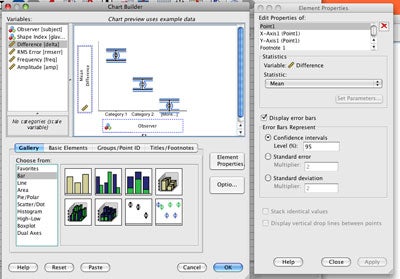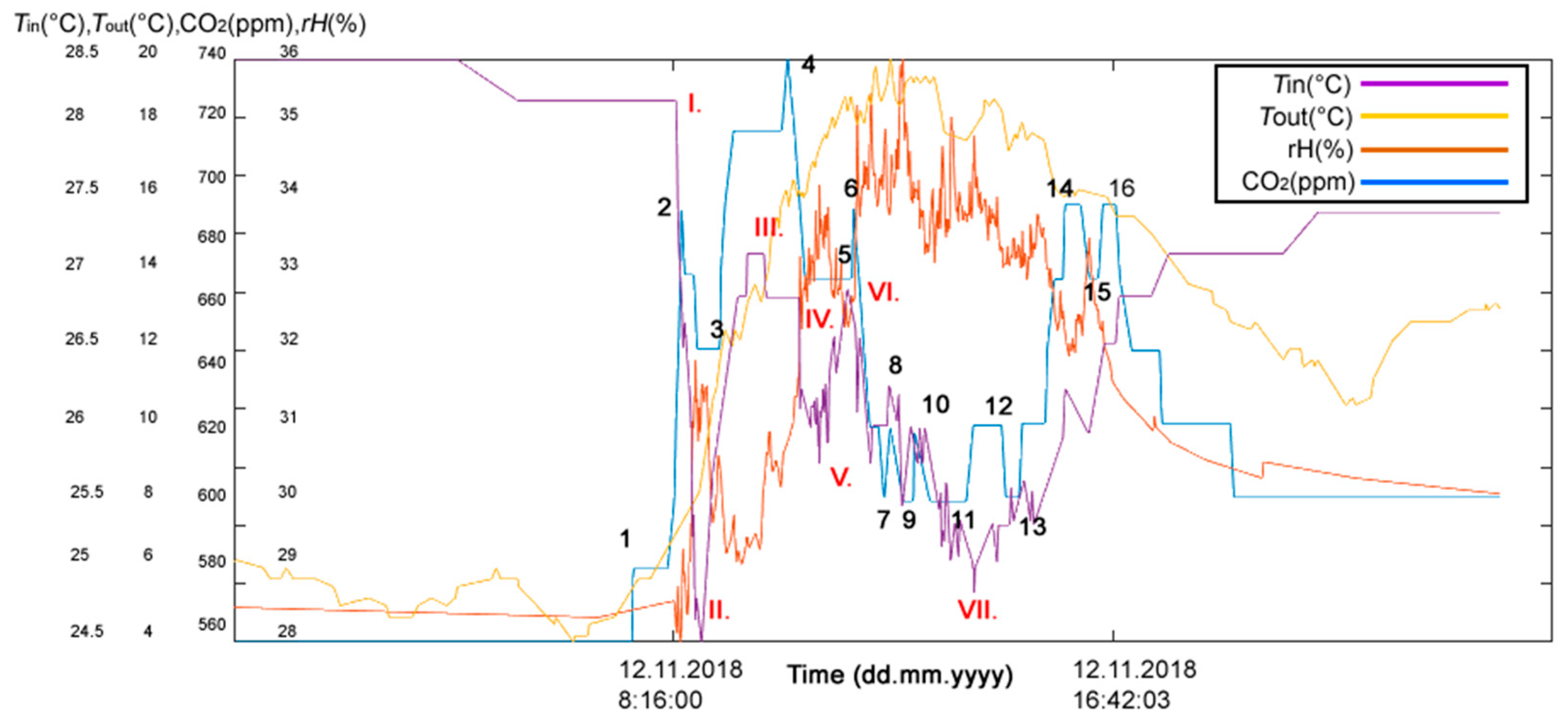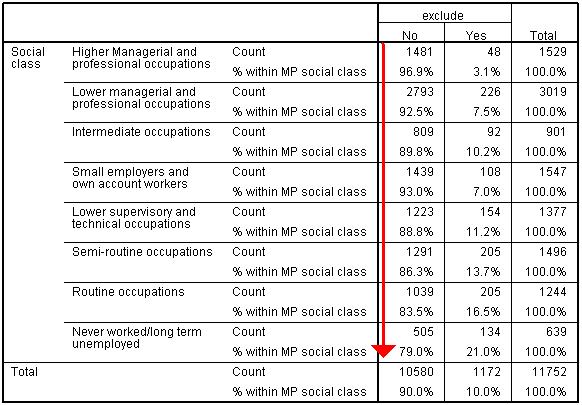

Įurostat methodologies and working papers Įqualsoc – Economic Change, Quality of Life and Social Cohesion (2009): Data Quality Issues in the EU-SILC Intergenerational Modules. Marlier, Eric (Eds.) 2010: Income and living conditions in Europe. Guio, Anne-Catherine Marlier, Eric (Eds.) 2017: Monitoring Social Inclusion in Europe.
#Modul spss 16 how to
For detailled information concerning data access, costs and how to submit an access request see: Ītkinson, Anthony B. Individuals cannot be granted direct data access. The current legal framework enables access to anonymised microdata available at Eurostat only for scientific purposes ( Commission Regulations (EC) No 831/2002 (EC) No 1104/2006 (EC) No 1000/2007 Council Regulation 322/97), however the access is restricted to universities, research institutes, national statistical institutes, central banks inside the EU, as well as to the European Central Bank. The income data is typically collected for the income reference year preceding the date of the survey and follows international standards.


At the individual level the topics are basic demographic information, education, labour information, health and income. Topics covered by EU-SILC at the household level are basic information, income, social exclusion and housing. In other countries a combination of registers and surveys is used, that is the data for the same respondents are collected partly by interview and partly from register.ĮU-SILC provides cross-sectional and longitudinal microdata on income, poverty, social exclusion and living conditions. In some participant countries a new survey was launched with cross-sectional and longitudinal elements. TR, RO, BG and CH have launched EU-SILC in 2006.ĮU-SILC data are collected by National Statistical Institutes and could come from different sources. From 2005 onwards the data are available for all EU25 Member States and IS and NO. the French Overseas Departments and territories Scotland north of the Caledonian Canal and the Scilly Islands)ĮU-SILC is an annual statistic and was launched in 2004 in 13 Member States (BE, DK, EE, EL, ES, FR, IE, IT, LU, AT, PT, FI and SE) and in NO and IS. For practical reasons, small parts of the national territory may also not be covered in the survey (e.g. Persons living in collective households and in institutions are generally excluded from the target population. The reference population of EU-SILC is defined as all private households and all persons aged 16 and over within the household residing in the territory of the Member States at the time of data collection.


 0 kommentar(er)
0 kommentar(er)
